11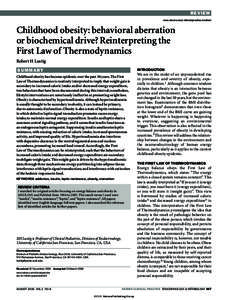 | Add to Reading ListSource URL: www.nature.comLanguage: English - Date: 2009-03-02 12:02:14
|
|---|
12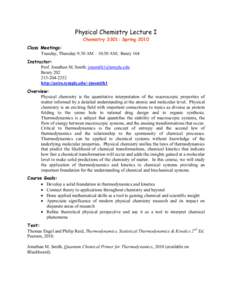 | Add to Reading ListSource URL: astro.temple.eduLanguage: English - Date: 2010-02-23 14:25:09
|
|---|
13![INSTRUCTOR’S GUIDE[removed]DYNAMO TORCH A. OVERVIEW Subject INSTRUCTOR’S GUIDE[removed]DYNAMO TORCH A. OVERVIEW Subject](https://www.pdfsearch.io/img/74e300f56a00a7ac305310ba599b7361.jpg) | Add to Reading ListSource URL: www.xump.comLanguage: English - Date: 2012-08-13 18:37:47
|
|---|
14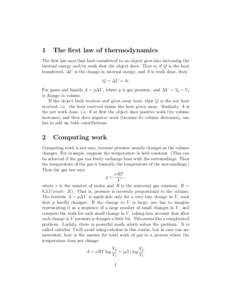 | Add to Reading ListSource URL: www.theory.caltech.eduLanguage: English - Date: 2009-05-11 13:15:00
|
|---|
15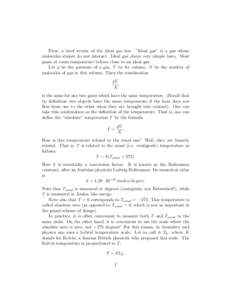 | Add to Reading ListSource URL: www.theory.caltech.eduLanguage: English - Date: 2009-04-08 13:56:45
|
|---|
16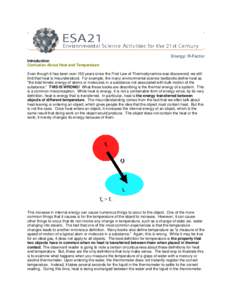 | Add to Reading ListSource URL: esa21.kennesaw.eduLanguage: English - Date: 2008-04-16 07:35:51
|
|---|
17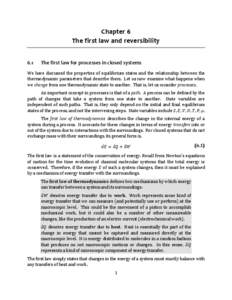 | Add to Reading ListSource URL: puccini.che.pitt.eduLanguage: English - Date: 2013-08-26 15:22:05
|
|---|
18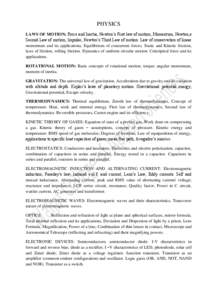 | Add to Reading ListSource URL: www.waljatcollege.edu.omLanguage: English - Date: 2014-06-01 07:07:58
|
|---|
19 | Add to Reading ListSource URL: www.cheniere.orgLanguage: English - Date: 2004-08-20 01:14:55
|
|---|
20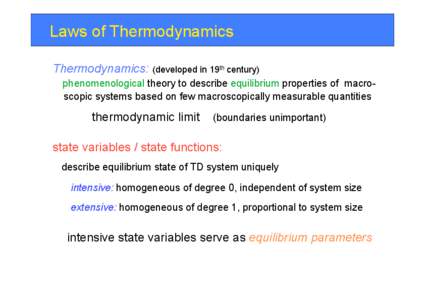 | Add to Reading ListSource URL: www.itp.phys.ethz.chLanguage: English - Date: 2013-02-26 11:37:00
|
|---|